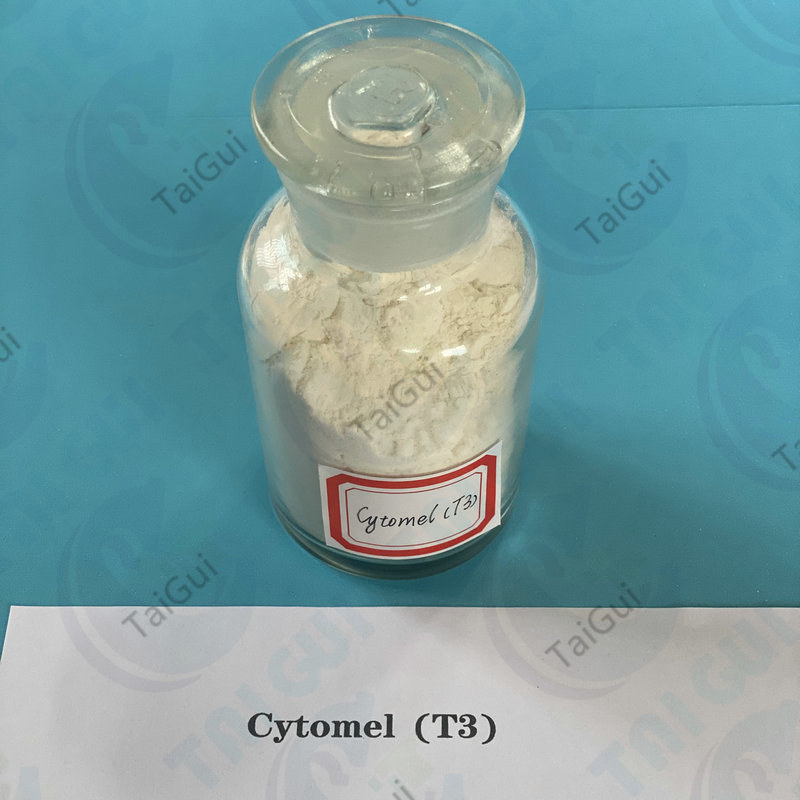How DHT and Finasteride Affect Hair Loss and Hair Growth
By:Admin

Introduction:
Hair loss is a common issue that affects millions of people globally, causing emotional distress and affecting self-esteem. The discovery of Dihydrotestosterone (DHT) as a leading cause of hair loss has opened up new possibilities for effective treatment. One such treatment gaining attention is Finasteride, a DHT inhibitor developed by a renowned pharmaceutical company. In this article, we will delve into the groundbreaking potential of Finasteride in addressing hair loss and its impact on the company behind its development.
Section 1: Understanding Hair Loss
Hair loss, scientifically known as alopecia, can result from various factors, including genetics, hormonal changes, nutritional deficiencies, and autoimmune disorders. However, a significant cause appears to be the hormone DHT.
DHT is a natural byproduct of testosterone that binds to hair follicles, causing them to miniaturize and weaken over time. This process, known as miniaturization, leads to reduced hair growth and eventual hair loss. Identifying DHT as a critical factor in hair loss has paved the way for innovative DHT-blocking treatments.
Section 2: Introducing Finasteride
Finasteride, a DHT inhibitor, has emerged as a potential game-changer in the field of hair loss treatment. Originally developed as a medication to treat prostate enlargement, researchers soon discovered its remarkable ability to combat male pattern baldness.
The pharmaceutical company {replace with company name} took notice of Finasteride's potential and further studied its effects on inhibiting DHT production. Through extensive research and clinical trials, they successfully formulated a unique and effective treatment for hair loss.
Section 3: Working Mechanism of Finasteride
Finasteride works by inhibiting the enzyme 5-alpha-reductase, which converts testosterone into DHT. By blocking this conversion, Finasteride significantly reduces the levels of DHT in the scalp. Consequently, hair follicles are less susceptible to DHT's damaging effects, promoting hair growth and preventing further hair loss.
It is important to note that while Finasteride is widely recognized for its effectiveness in treating male pattern baldness, its usage is not limited to men alone. Women with female pattern hair loss have also experienced positive results when using Finasteride under medical supervision.
Section 4: Clinical Trials and Efficacy
Extensive clinical trials have demonstrated the remarkable efficacy of Finasteride. In a study involving men aged 18 to 41 experiencing mild to moderate hair loss, Finasteride showed significant improvement in hair regrowth. Almost 90% of the participants experienced visible hair regrowth or no further hair loss after one year of consistent Finasteride use.
Furthermore, long-term studies have indicated that Finasteride effectively maintains hair growth for extended periods. Continued use of Finasteride helps combat ongoing hair loss by keeping DHT levels under control.
Section 5: Safety and Side Effects
Like any medication, Finasteride does come with potential side effects. The most commonly reported side effect is a decrease in sexual desire or performance, occurring in around 2% of users. However, these side effects are generally mild and reversible upon discontinuation of the medication.
It is crucial for individuals considering Finasteride to consult with a healthcare professional before starting treatment to better understand the potential risks and benefits.
Section 6: Future Prospects and the Role of {Company Name}
The introduction of Finasteride as an efficient DHT inhibitor marks a significant breakthrough in hair loss treatment. It not only offers hope to millions suffering from hair loss but also presents vast opportunities for further research and development within the field.
{Company Name} has dedicated its efforts to researching and developing innovative solutions to combat hair loss. With Finasteride, they have proven their commitment to bringing effective treatments to market, offering millions the chance to reclaim their confidence and restore their hair.
Conclusion:
The development and introduction of Finasteride as a potent DHT inhibitor present a new dawn for hair loss treatment. By effectively blocking the hormone responsible for hair loss, Finasteride offers hope to individuals seeking a reliable, long-term solution. With further research and advancements, the fight against hair loss is poised to make significant strides, thanks to pioneering efforts made by companies like {Company Name}.
